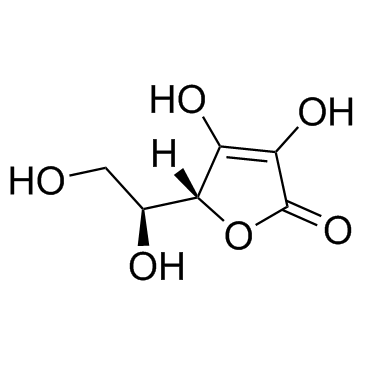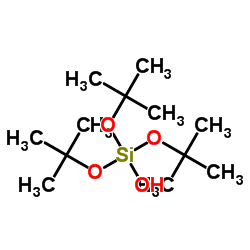| 结构式 | 名称/CAS号 | 全部文献 |
|---|---|---|
 |
十二烷基硫酸钠
CAS:151-21-3 |
|
 |
抗坏血酸
CAS:50-81-7 |
|
 |
去氧胆酸钠
CAS:302-95-4 |
|
 |
BPTES
CAS:314045-39-1 |
|
 |
三(叔丁氧基)硅烷醇
CAS:18166-43-3 |